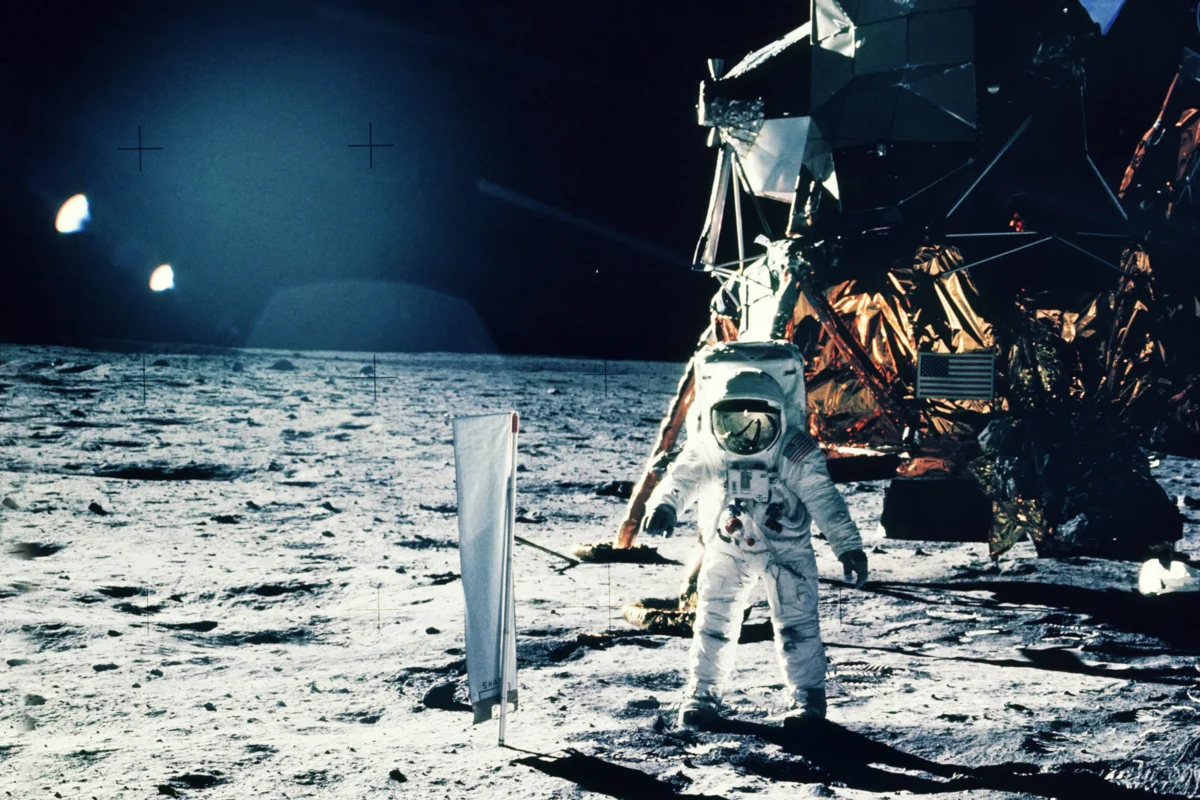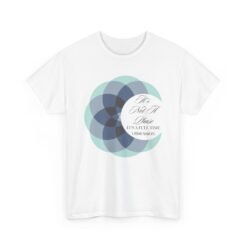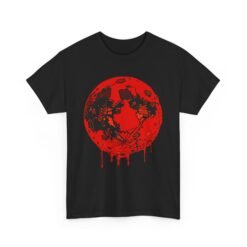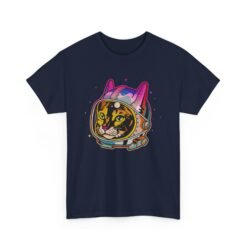Funny, History, Space Exploration, Unkown History
NASA’s ‘Moon Smell’ Problem: The Strange Scent of Lunar Dust
The Apollo Missions: A Journey to the Moon
The Apollo missions, orchestrated by NASA, represented a cornerstone in human space exploration, with the goal of landing humans on the Moon and returning them safely to Earth. The program commenced in 1961 and encompassed a series of eight missions that laid the groundwork for lunar landings and advanced our understanding of space. The most notable milestone was Apollo 11, which culminated in a historic lunar landing on July 20, 1969. Astronauts Neil Armstrong and Buzz Aldrin became the first humans to set foot on the Moon, followed by Michael Collins, who remained in lunar orbit aboard the Command Module.
Prior to the legendary Apollo 11 mission, NASA undertook critical preparatory missions. Apollo 8, launched in December 1968, was the first to send humans around the Moon, providing significant data about lunar surface conditions and the effects of space travel on the human body. This mission was pivotal as it affirmed the feasibility of lunar orbit, essentially setting the stage for subsequent landings. The astronauts aboard also captured stunning photographic evidence of Earth, highlighting the fragility of our planet within the vastness of space.
In total, six successful lunar landing missions took place between 1969 and 1972, including Apollo 12, 14, 15, 16, and 17. Each mission explored different lunar regions, allowing astronauts to collect over 800 pounds of lunar rocks and soil, which provided invaluable insights into the Moon’s geology. Astronauts reported experiences that remain deeply etched in their memories, such as the bizarre sensations of lunar dust. The peculiar characteristics of this dust, its smell once it came into contact with the lunar modules, have intrigued both scientists and engaging discussions among astronauts, ultimately contributing to our understanding of the Moon. These landmark missions not only marked human achievement but also significantly advanced our scientific horizons, setting a precedent for future explorations beyond Earth.
Describing the Moon’s Aroma: Spent Gunpowder and Beyond
The phenomenon of lunar dust odor has intrigued scientists and space enthusiasts alike, primarily due to the various descriptions delivered by Apollo astronauts. Upon their return from the Moon, these astronauts provided vivid accounts of their experiences with lunar regolith, describing its scent as reminiscent of spent gunpowder. Such comparisons have sparked significant interest in understanding the olfactory landscape of the Moon’s surface.
Apollo 16 astronaut Charles Duke famously stated that moon dust smells “like a spent gunpowder.” This description resonates with many who have had the unique opportunity to handle lunar samples. The odors associated with lunar dust have been characterized by other astronauts as metallic or even reminiscent of burnt steak. Such diverse interpretations hint at the complexity of the lunar environment and the unique interaction between humans and its geology.
The scientific community has sought to unravel the mysteries behind these olfactory experiences. The distinct aroma likely arises from the composition of lunar dust, which contains mineral compounds that could produce specific scents when they interact with human senses. The fine particles of lunar regolith consist of minerals such as silicates, which may emit unique odors when disturbed. As astronauts interacted physically with this dust, it was released into the confined environment of their spacecraft, allowing for intensified olfactory perception.
Additionally, the lack of atmospheric interference on the Moon plays a crucial role in enhancing these aromas. Unlike Earth, where various factors dilute scents, the Moon’s vacuum preserves the integrity of volatile compounds. As a result, astronauts experienced a more potent olfactory encounter when they returned to their spacecraft after moonwalks.
In conclusion, the descriptions of the Moon’s aroma provided by astronauts evoke a sense of wonder regarding our closest celestial neighbor. The intriguing comparison to spent gunpowder, combined with scientific efforts to understand the mechanisms behind lunar scents, underscores the complexities of exploring and interpreting extraterrestrial environments.
The Science Behind Lunar Dust: Composition and Properties
Lunar dust, commonly referred to as lunar regolith, is a fine, powdery substance that covers the surface of the Moon. Its composition primarily consists of tiny fragments of rock and mineral grains that were created through the continuous bombardment of micrometeorites over millions of years. The Moon’s lack of atmosphere contributes to significant weathering processes, with little chemical alteration occurring, which results in regolith that retains many of its original properties.
The mineral composition of lunar dust is diverse, containing an array of elements such as oxygen, silicon, magnesium, iron, calcium, and aluminum. Specifically, the predominant minerals include plagioclase feldspar, pyroxene, and olivine. These minerals affect not only the physical structure of the lunar surface but also its chemical properties. Interestingly, small glassy particles can be formed during meteoric impacts, which add to the complexity of the regolith’s structure. The presence of these glassy phases allows for the potential for volatile compounds to exist, albeit in very low concentrations.
One of the intriguing characteristics of lunar dust is its olfactory profile. Astronauts have reported a distinctive scent reminiscent of burnt gunpowder when they brought lunar regolith back into their spacecraft. This olfactory sensation is attributed to the unique composition of the dust, which may include reactive metals and mineral oxides that can emit specific odors when they are disturbed. Ongoing research into lunar dust is essential, especially as missions to return humans to the Moon resume. By analyzing lunar regolith samples, scientists aim to deepen our understanding of the Moon’s geological history and processes, offering insights into the evolution of terrestrial planets.
Implications for Future Lunar Exploration
The peculiar scent of lunar dust, often likened to burnt metal or gunpowder, presents significant implications for future lunar exploration. As NASA and other space agencies intensify their efforts to establish a sustainable human presence on the Moon through initiatives such as the Artemis program, understanding the properties of lunar regolith, including its olfactory characteristics, becomes paramount. The challenges posed by this lunar dust extend beyond mere aesthetics; they have critical consequences for astronaut health and safety.
Lunar dust is known to be highly abrasive and can pose respiratory hazards when inhaled. Astronauts are at risk of inhaling fine particles, which could lead to long-term health issues. A thorough understanding of the properties of this dust, including its unique scent, may guide the development of effective protective measures, such as improved ventilation systems and specialized suits. The incorporation of advanced materials designed to filter or block these particles will be essential for safeguarding astronaut well-being during lunar missions.
Moreover, the implications of lunar dust extend to potential habitation and resource utilization. The material’s distinct properties could influence the construction of habitats or the extraction of valuable resources. For instance, the understanding of how lunar dust interacts with environmental factors, such as temperature fluctuations and radiation exposure, will be vital in ensuring the durability and safety of lunar habitats. Furthermore, effective management of dust is critical for maintaining spacecraft functionality and operational efficiency.
In light of this information, preparing for human interactions with lunar dust is a priority in the context of NASA’s ongoing Artemis program and international lunar initiatives. By addressing the implications of the ‘moon smell’ problem, space agencies can foster safer environments for exploration, ultimately enabling sustainable and productive missions on the lunar surface.









